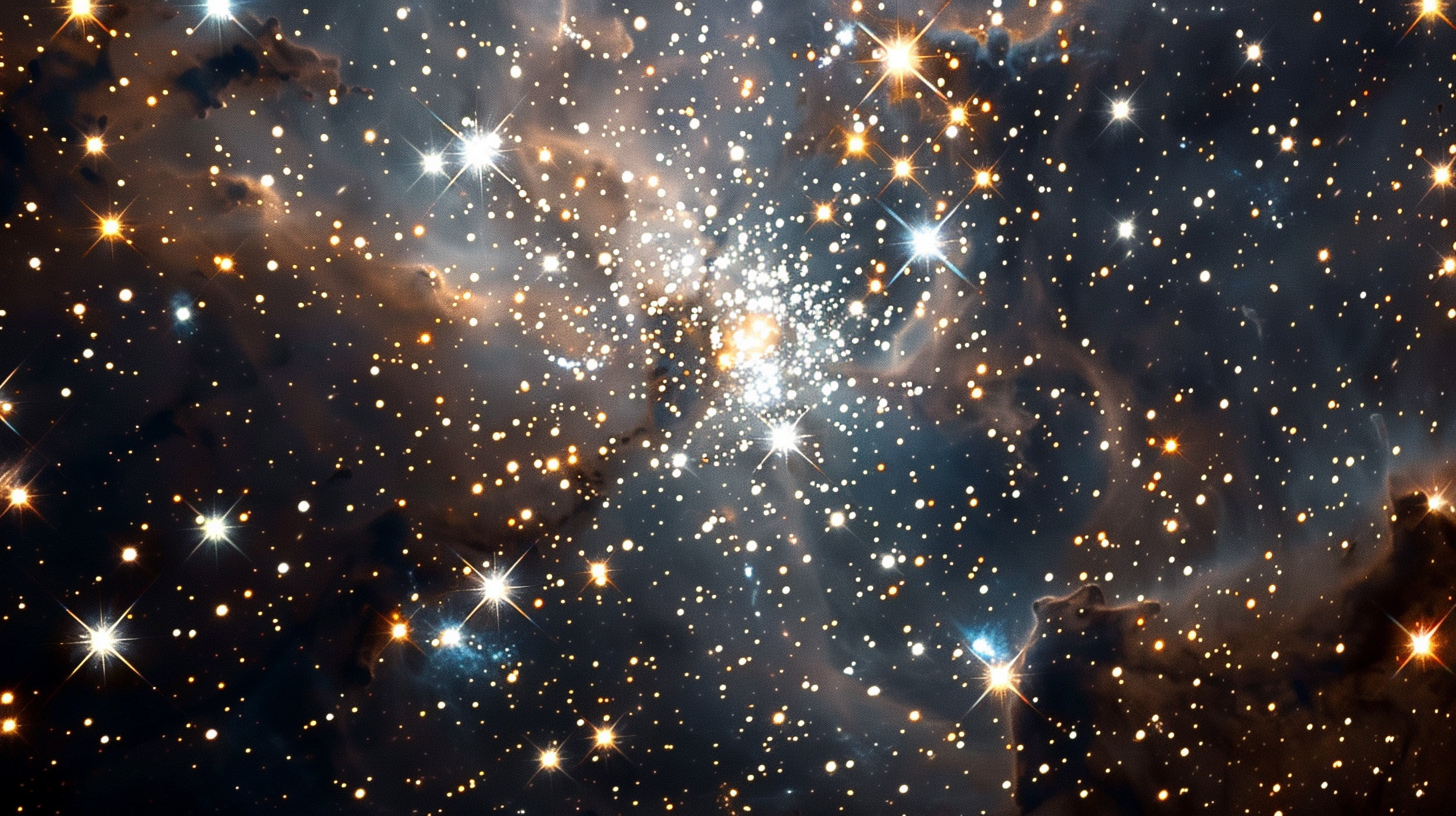Are the Stars We See in the Sky Actually ‘Dead’?

Because of the distance the light emitted from stars has to travel to reach Earth, do they still exist, or are they dead?
Answer
Check out this answer from Consensus:
The light from distant stars and galaxies that reaches us today may originate from celestial bodies that are still very much alive.
The existence of ancient, low-mass stars and the ongoing, albeit minimal, star formation in quenched galaxies suggest that the universe is far more dynamic and enduring than previously thought. The study of these distant lights continues to challenge our understanding of the cosmos and its constituents.
The Lifespan of Stars: Existence Beyond Their Light
The cosmos is a vast expanse where the light from distant stars takes years to reach Earth. This raises a question of significant interest: when we observe the light from these stars, are we looking at celestial bodies that still exist, or are we witnessing the remnants of stars that have long since died?
The Persistence of Ancient Stars
Research into the chemical composition of the most metal-deficient stars has provided insights into the early Universe’s star formation history and chemical synthesis. The discovery of a low-mass star with an iron abundance only 1/200,000 that of the Sun’s value indicates that stars from the earliest generations, the so-called ‘population III’ stars, could still exist today. These stars are considered stellar relics from the early Milky Way, and their continued existence suggests that the first generation of stars included long-lived low-mass objects. The previous inability to find such stars may have been due to observational selection effects rather than their actual absence 1.
The Misconception of ‘Dead’ Galaxies
On the galactic scale, the term ‘dead’ has been used to describe galaxies with negligible star formation, often referred to as ‘red-and-dead’. However, this classification is now under scrutiny. While cosmological simulations have predicted a significant number of quenched galaxies that have not formed stars for billions of years, observational data from galaxy samples in the nearby Universe indicate that even the most passive systems continue to form stars at a minimal rate. This discrepancy highlights the challenge in determining the actual fraction of galaxies that are truly dead and emphasizes the complexity of galaxy formation and evolution. The question of whether these galaxies are indeed dead remains an open and intriguing one 2.
Are the stars we see in the sky actually ‘dead’?
Michael Boyle has answered: Extremely Unlikely
An expert from Cornell University in Astrophysics, Astronomy, Mathematics
For the most part, the stars you see with the naked eye (that is, without a telescope) are still alive. These stars are usually no more than about 10,000 light years away, so the light we see left them about 10,000 years ago.
Most stars will “live” for somewhere in the neighborhood of 1 billion years, so the odds are low that any particular star died during the past 10,000 years. And since you can only see around 6,000 stars with the naked eye, that’s still not enough to make it likely that any of the stars you can see has died by the time you see it. That’s not to say it can’t happen; just that it’s not likely.
Of course, if “the stars we see in the sky” includes the stars we see with telescopes, we can see stars that are many billions of light years away, so chances are actually pretty good that those stars have died since then. On the other hand, supernovae have been seen by the naked eye throughout human history. These are the death throes of stars, and are extremely bright.
So not only is the light coming from the star just as it dies, but it also might be substantially farther away than most stars. Put these together, and it means the star is likely very dead by the time humans see the light. (The theory of relativity adds some fuzziness to these ideas, because we’re talking about comparing times of two things that are very widely separated. But there is a notion of “absolute future” that we can use to make these ideas very precise. And the basic conclusions don’t change.)
Are the stars we see in the sky actually ‘dead’?
Chris Tinney has answered: Extremely Unlikely
An expert from UNSW Science in Astronomy, Astrophysics, Astrobiology, Physics
While it is true that the light we see from distant stars is telling us about their state in the past (i.e. light from a star 3.3 light years away is telling us the star was emitting light 3.3 years ago), there are robust models for how stars work that tell us the majority of stars have lifetimes that massively exceed the time it has taken for light from those stars to get to us.
Our galaxy is (roughly) 70,000 or so light years across. So the light we see from stars is going to be (to first order) a maximum of 70,000 years old. 70,000 years, however, is *massively* shorter than the >4,000,000 lifetimes of the most common stars we see (G and K stars). So there is no reason to expect them to have all turned off since they emitted the light we are seeing now.
Are the stars we see in the sky actually ‘dead’?
Nathan Bourne has answered: Extremely Unlikely
An expert from Edinburgh University in Astronomy, Astrophysics

